With high demand, low supply and sprawling variety, the pre-owned jewelry market can be a hard nut to crack. These successful dealers offer their keys to good business.
From the proliferation of internet sites with jewelry historians as curators, to retailers and dealers helping to improve customer understanding via social media, the antique and vintage jewelry sector continues to grow and evolve. But despite the enchanting provenances, centuries of techniques, and compelling stories behind the jewels and the houses that made them, estate jewelers still face challenges as they strive to find new ways to keep their businesses successful and relevant.
Here, four estate dealers — Greg Kwiat and Rebecca Selva, respectively the owner and chief creative officer of renowned New York shop Fred Leighton; 40-year jewelry veteran Michael Khordipour of New York-based Estate Diamond Jewelry; and Rick Shatz, owner of The Back Vault, which carries signed and unsigned jewels from the mid- to later 20th century — share the methods they’ve used to build lucrative, thriving businesses in a jewelry category that spans so many decades and styles.
GREG KWIAT & REBECCA SELVA, FRED LEIGHTON
What is the most important aspect of selling antique and vintage jewelry?
Selva: When [we] are buying jewelry, we ask of each piece, “Is it special? Is it beautiful? Is it beautifully crafted and a wonderful representation of a style or period?” But we also ask, “Is it wearable?” This is one of the most important criteria when we buy. The joy of owning beautiful jewelry is being able to wear it.
How do you make the job a success?
Kwiat: The key to success in vintage jewelry is buying with passion. Building a salable inventory that takes a point of view and tells a story of style is critically important to maintaining a loyal customer base.
What are the biggest challenges the sector is facing?
Kwiat: It is increasingly difficult to find beautiful and special vintage pieces. With more collectors and dealers in the business around the world, many of the great pieces are disappearing from the market. Prices continue to strengthen, which is overall a positive for the business, but does make it more difficult to buy and sell profitably.
Are certain time periods or styles more popular than others?
Kwiat: One of the beautiful things about vintage jewelry is that there is something for everyone. While some styles and periods might be very popular, there are still clients for the esoteric and offbeat pieces that make jewelry history so interesting. Some styles that are particularly popular right now include long Victorian-era gold chains and 1970s colorful designs; wearable and fun rings —women are wearing many rings at once today from different time periods; and everyday earrings such as Victorian clusters, 1950s petite swirls and classic vintage drops.
What marketing strategies can estate retailers use to make the category appealing to a younger customer?
Kwiat: Attracting younger customers to the vintage category is about showing how relevant and stylish the jewelry still is after all these years. Our work with celebrities on the red carpet is all about demonstrating how historical jewelry is still very much in vogue. We are always exploring fun and fashion-forward ways to wear great vintage pieces.
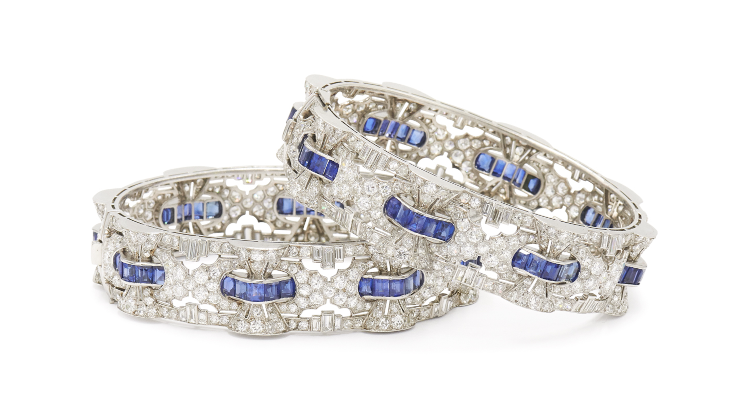

MICHAEL KHORDIPOUR, ESTATE DIAMOND JEWELRY
How has the job of an antique and vintage dealer/retailer evolved since you started?
Over the past 40 years, the vintage jewelry business has completely changed. It has evolved from a hyper-niche interest and turned into a strong trend for novices and starter collectors. Social media has played a huge role in this. There is also the explosion of available information, which has increased knowledge. Instead of information being monopolized by the dealers and a few jewelry collectors, most vintage jewelry education is now in the consumer domain thanks to the internet. When they do their research, they can ask the right questions and discuss everything they need to know about a piece with the seller.
As interest in antique and vintage jewelry has grown, has it become harder to find pieces from certain time periods?
There is a shortage of fine vintage jewelry pieces available on the market. An example of this is fine Art Deco jewels, which have become scarce. Only a small percentage of genuine pieces are still in usable condition, and most of those are either family heirlooms or were bought up years ago and are now part of private collections. Additionally, since I launched the business, more and more people have become interested and intrigued by period jewelry, and as they’ve begun to purchase more, it’s created a dearth of authentic, rare and high-quality jewelry available for public purchase.
What do you think it takes to be a successful dealer in antique and vintage jewelry?
There is only one way to succeed in the vintage jewelry industry today: transparency. Antique and vintage buyers are thirsty for knowledge, and the more you can educate them, the keener they are to buy. The more information and history that you can tell about any given piece, the more interest it will generate.
What advice would you give to a complete newcomer or a jewelry retailer who wants to expand into the vintage sector?
The vintage jewelry world is a lot bigger than people realize. I would recommend that newcomers explore and learn as much as they can. Then find a very specific voice and style or specialize in one genre or time frame, instead of curating a collection that has a little bit of each period. Focus on becoming an authority in your niche and exceed all expectations.
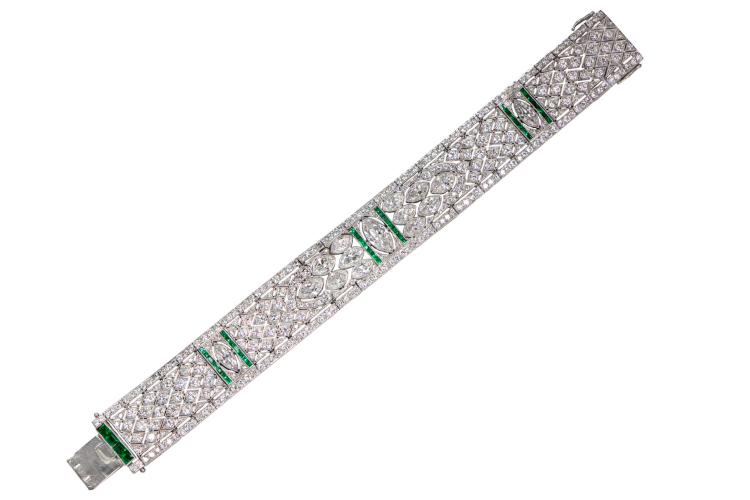
Art Deco bracelet in platinum with antique marquise diamonds, old European cut diamonds and calibre emeralds. Photo: Estate Diamond Jewelry.
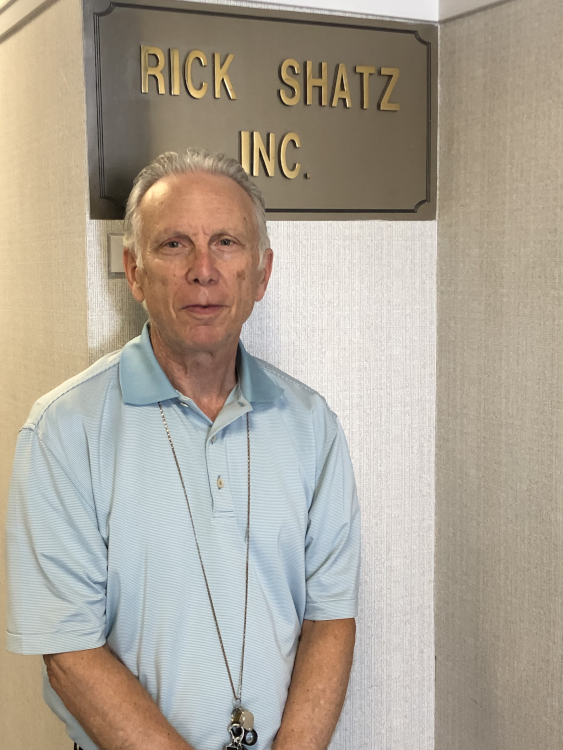
RICK SHATZ, THE BACK VAULT
Has your business expanded or evolved since you started?
Today, the signed antique and vintage market is hot. We’ve been diamond dealers and buyers of estate jewelry for more than three decades. About five years ago, we recognized the strong demand for antique and vintage pieces and decided to concentrate more of our efforts in that direction.
What are the new opportunities?
Online has taken over sales today and will probably be even more of a way to market and display jewelry in the future. This type of selling will continue to evolve into different ways of meeting with customers and offering one-on-one services digitally. However, for the past 35 years, our opportunities have come from relationships. We are lucky to have developed trusted business associates and loyal customers during our time of buying secondhand diamonds and estate jewelry. We will continue to incorporate all types of opportunities to create excitement around our jewelry as we forge ahead.
How have you grown your vintage business?
There’s no substitute for hard work and perseverance. If you believe in antique and vintage jewelry, you need to make it part of your business and allot the time necessary to make it grow.
What time periods and styles are selling best and why?
The high-end brand names like Cartier, Tiffany, Van Cleef, Bulgari and David Webb are some of the most popular. These names are well known, and people feel the most comfortable buying brand names, even if the jewelry is pre-owned. Art Deco and mid-century are also very popular.
What marketing strategies can estate retailers use to make the category appealing to a younger customer?
Buying pre-owned is an opportunity to own a fine piece of jewelry at a much discounted price that can become a family heirloom and will most likely appreciate in value more quickly than comparable modern jewelry. Other attractive selling points are the provenance of vintage jewelry and sustainability. Much of the estate market is made up of rare items, and in some cases one-of-a-kind pieces that were created at a time when jewelry making was an art, not just a business.
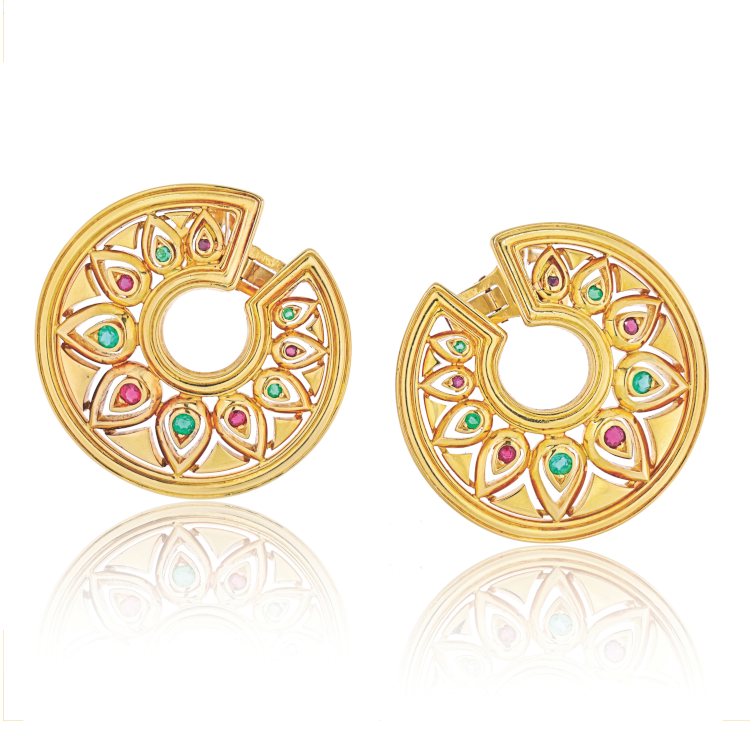
Main image: Greg Kwiat and Rebecca Selva. Photo: Fred Leighton.

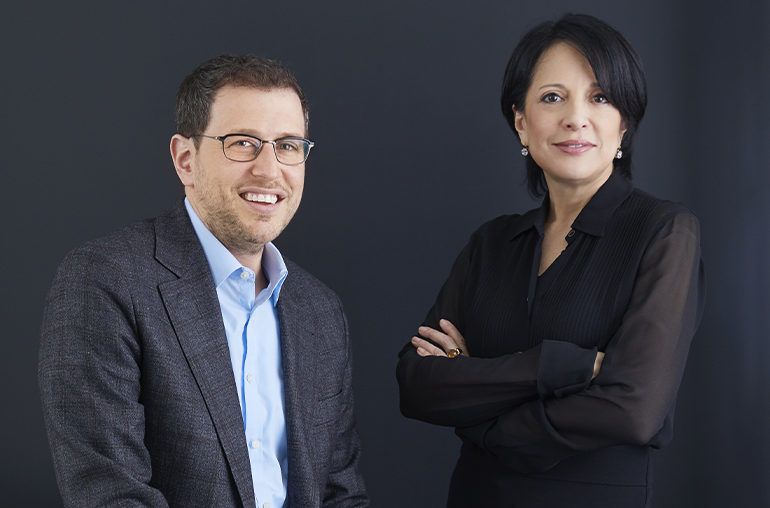
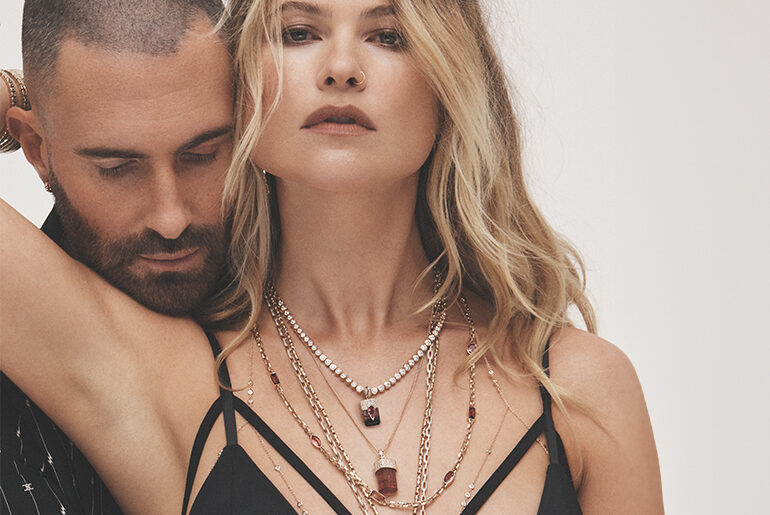
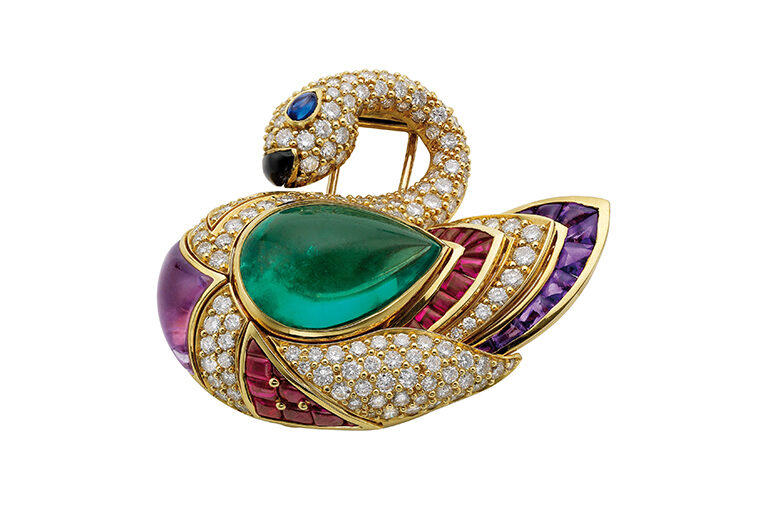
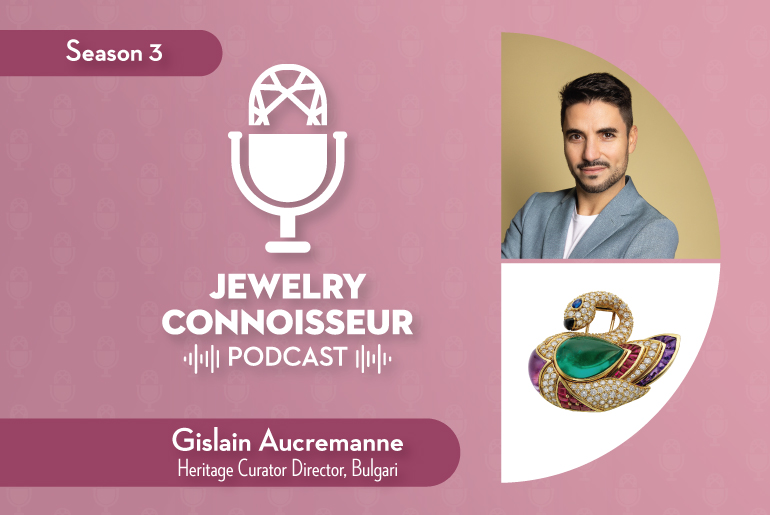
5 Comments
Pingback: The genuine article - Jewelry Connoisseur
Regards for helping out, superb info. “It does not do to dwell on dreams and forget to live.” by J. K. Rowling.
Pingback: Chic and antique - Jewelry Connoisseur
you are really a good webmaster. The website loading speed is incredible. It seems that you’re doing any unique trick. Moreover, The contents are masterpiece. you have done a wonderful job on this topic!
Its superb as your other blog posts : D, thanks for posting.